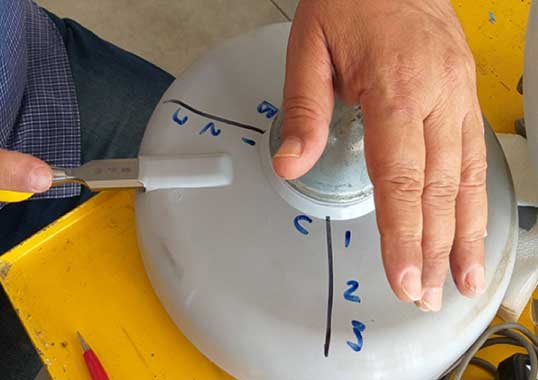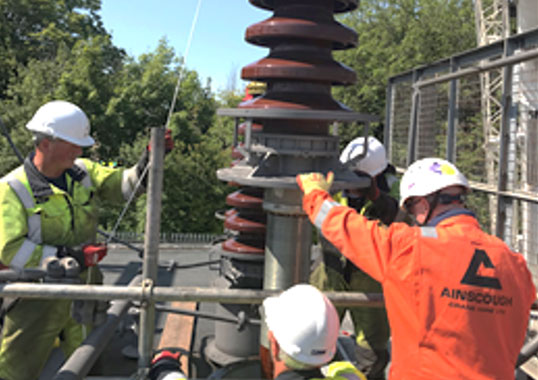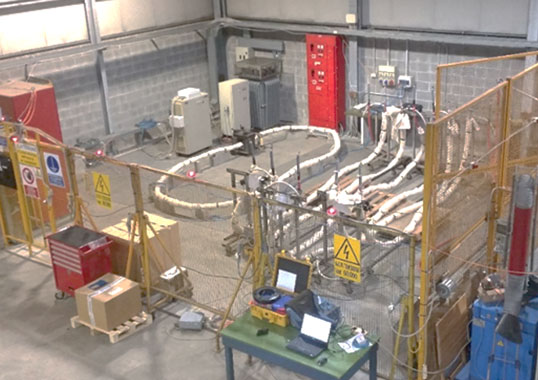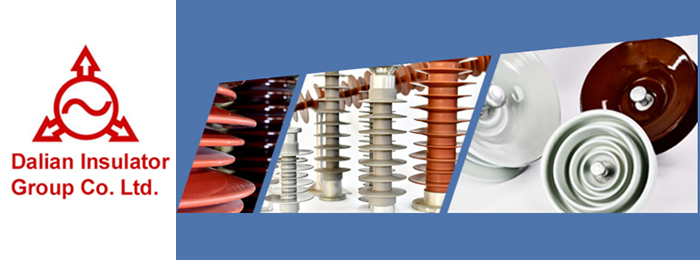Technology for RTV Coating on Glass Insulators by Alexander Zlakazov, Tatiana Symonova
Among the major problems when operating power equipment is maintaining the required level of external electrical strength of insulating structures, thereby reducing risk of flashover. This can be particularly difficult in the case of equipment in service in areas with a high degree of pollution from industry, dust, coastal salt deposits, etc. Globally, there are three main ways to resolve this problem: increasing creepage distance by using additional insulating elements, which would have the disadvantage of also increasing overall dimensions of insulating structures; periodic manual or automated cleaning of insulation which is costly; or application of a hydrophobic coating to the insulator surface. Currently, the last of these options, i.e. waterproofing insulators with silicone-cold-cure RTV compounds, is regarded as the most effective way to enhance insulation performance. An RTV coating is typically applied to the insulator using a compressed air source and spray. After that, a thin elastic film is formed on the surface. While this film has good hydrophobic properties as well as high resistance to the influence of external pollution, it is relatively easily damaged during transport and handling in the field. This presentation reviews a new hot-cure technology for applying coatings with thickness that allows the service life of the coating to be comparable to that of the ceramic insulator on which it is applied due to significantly higher strength and adhesion.









